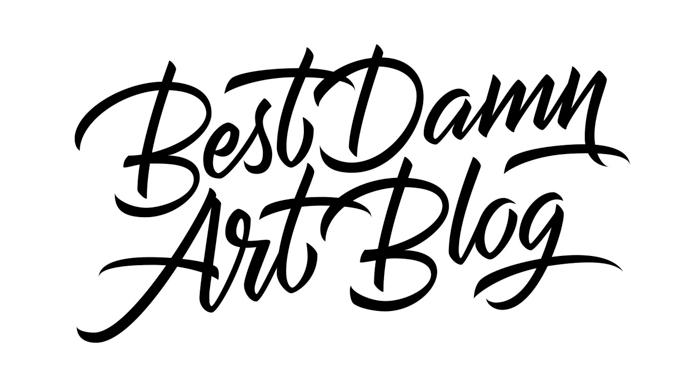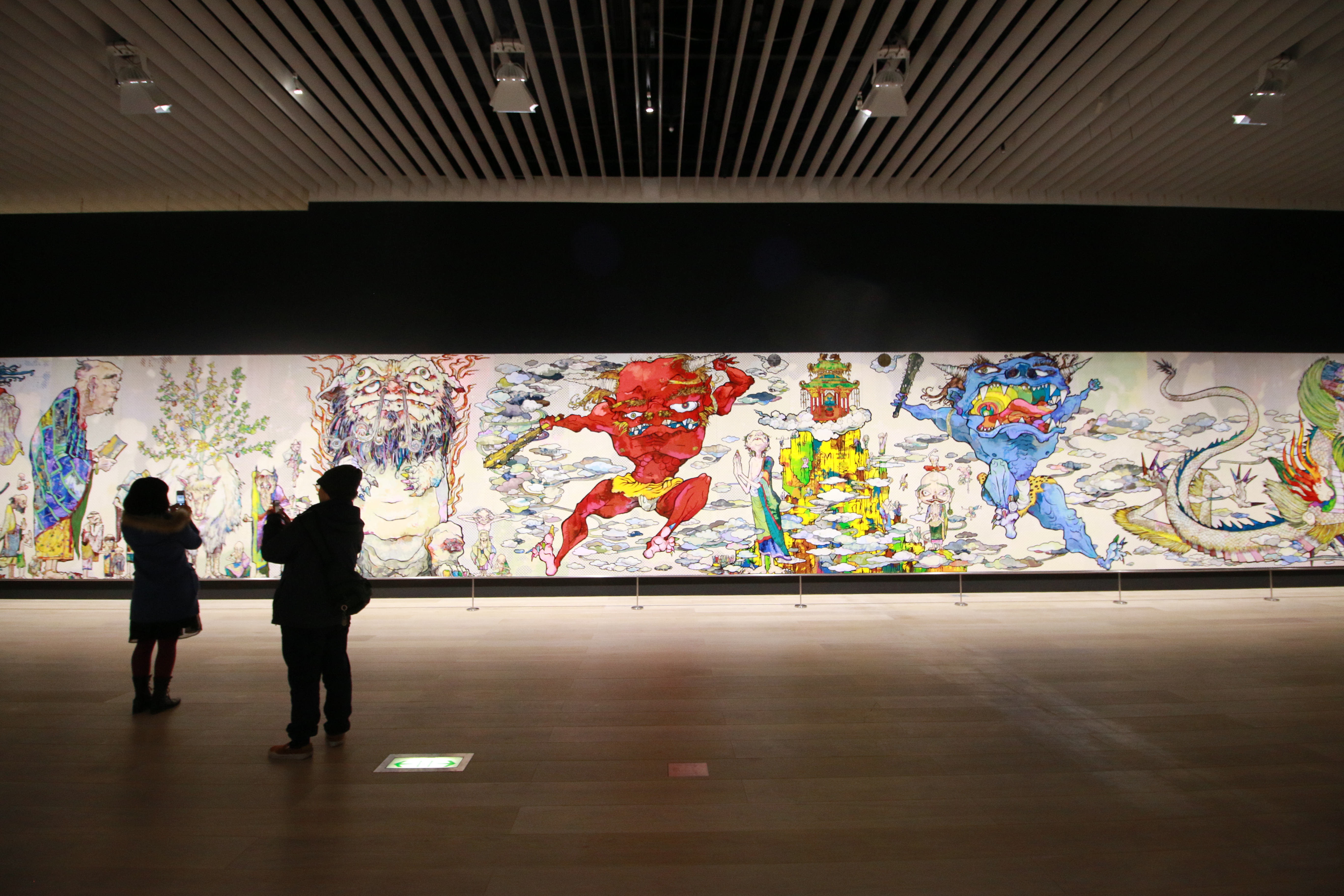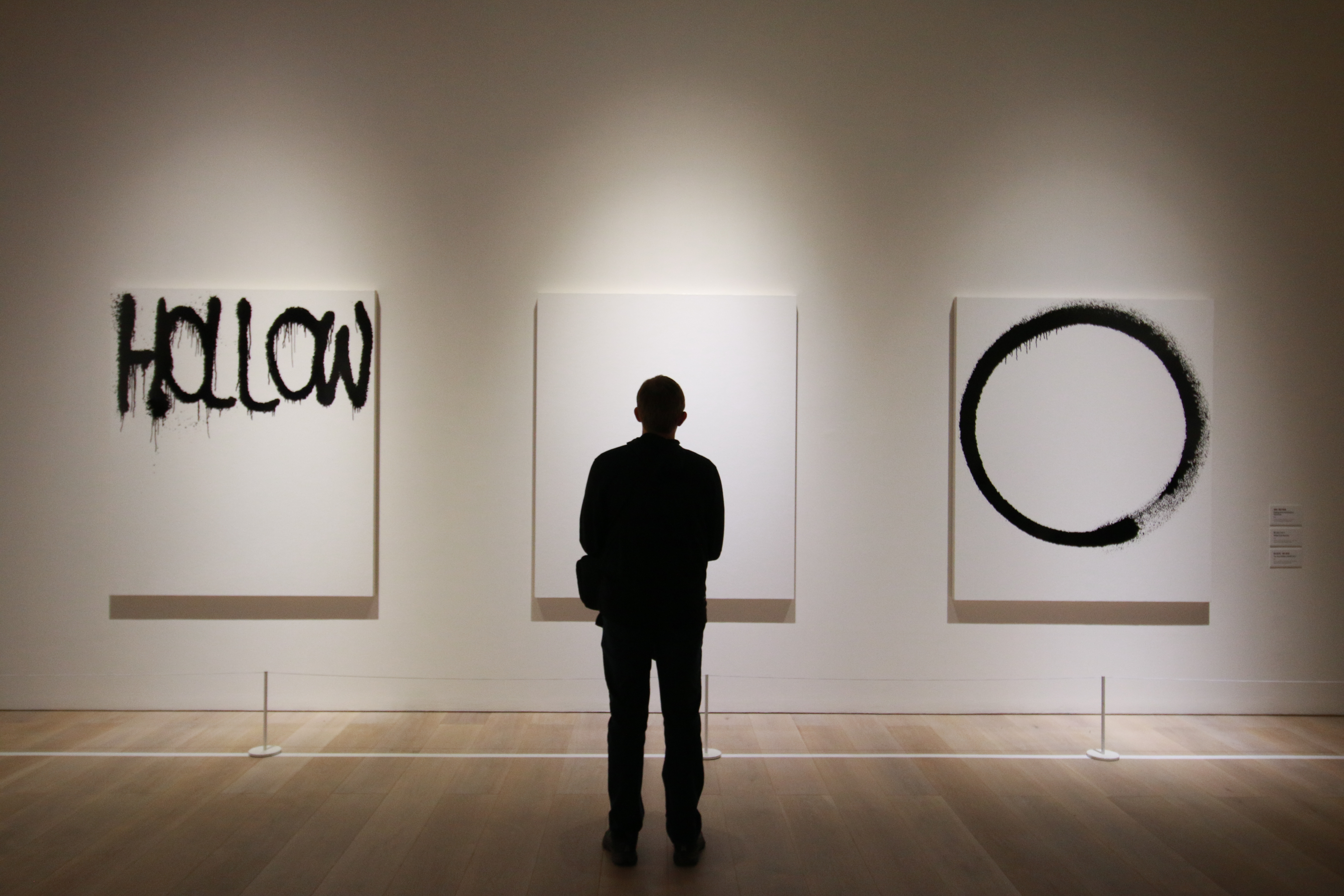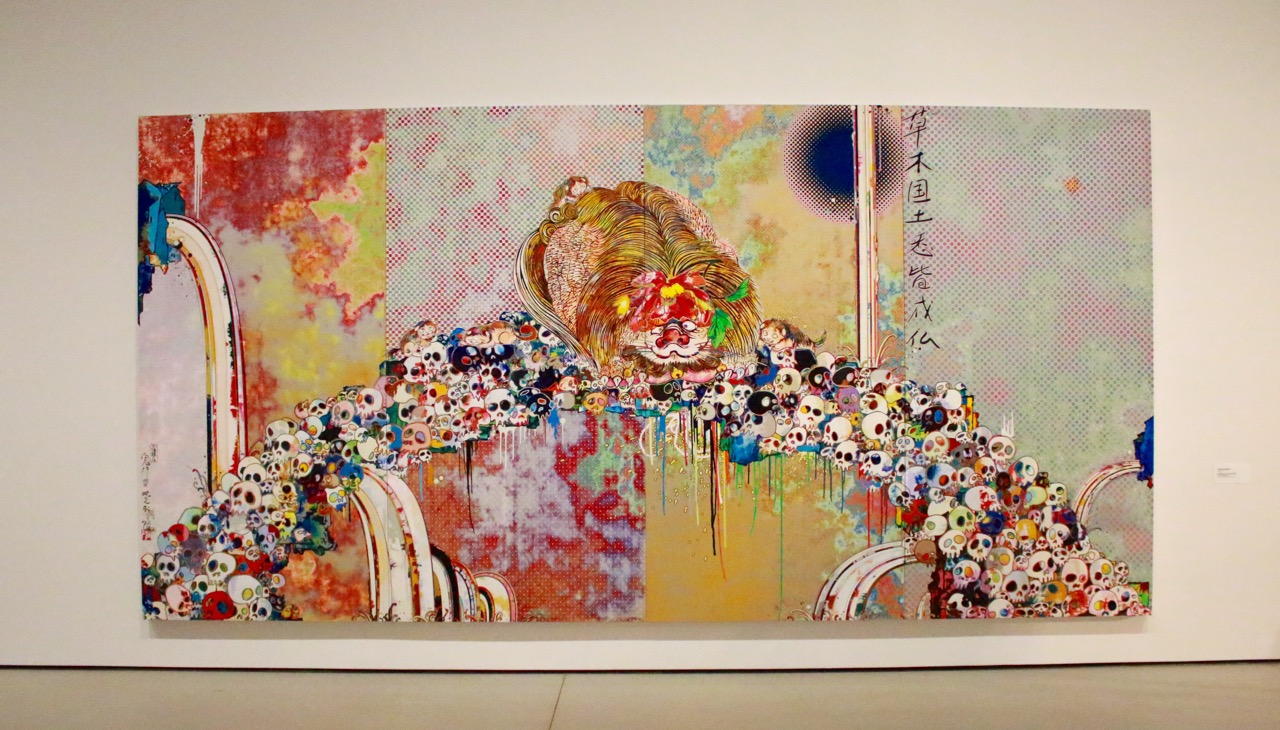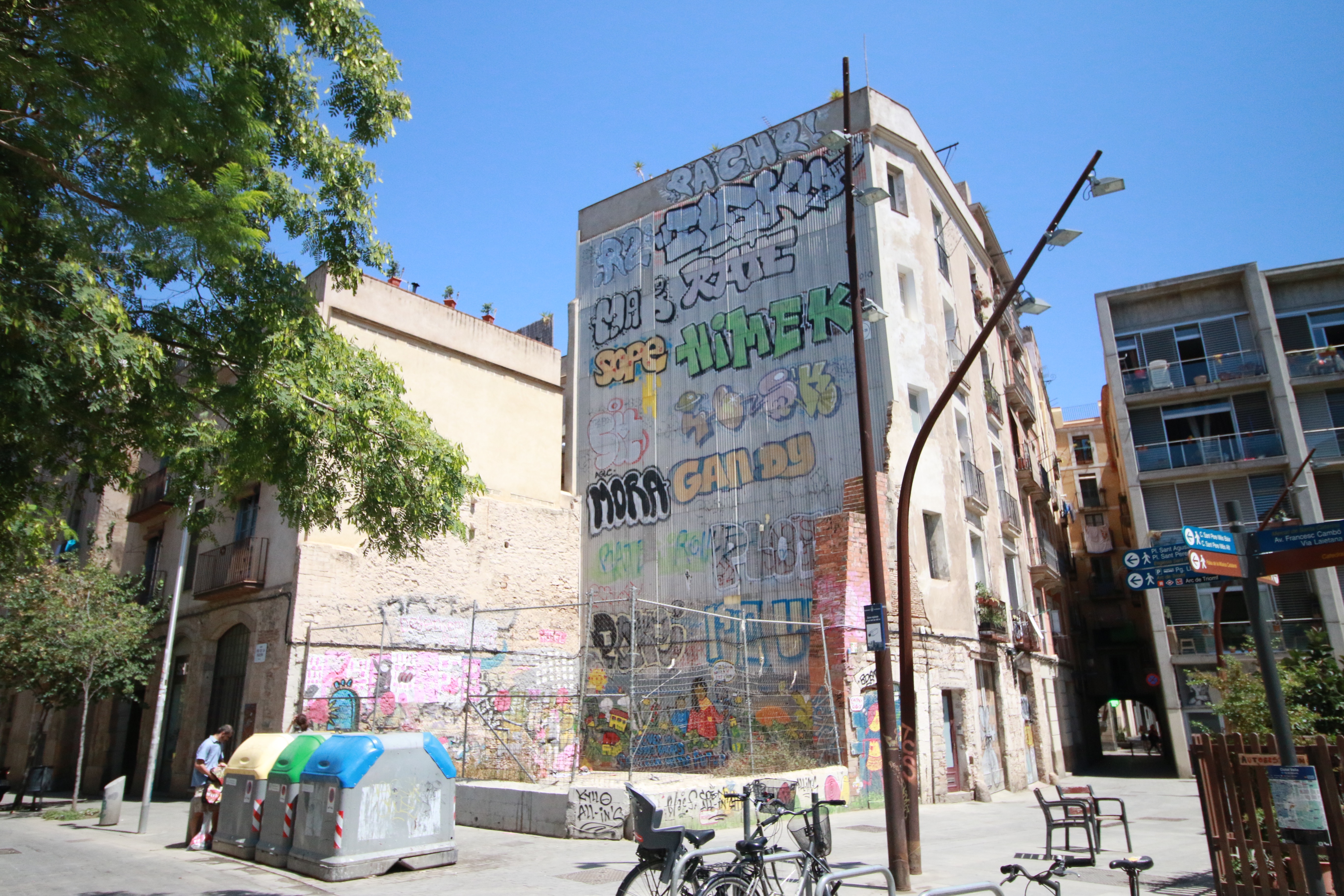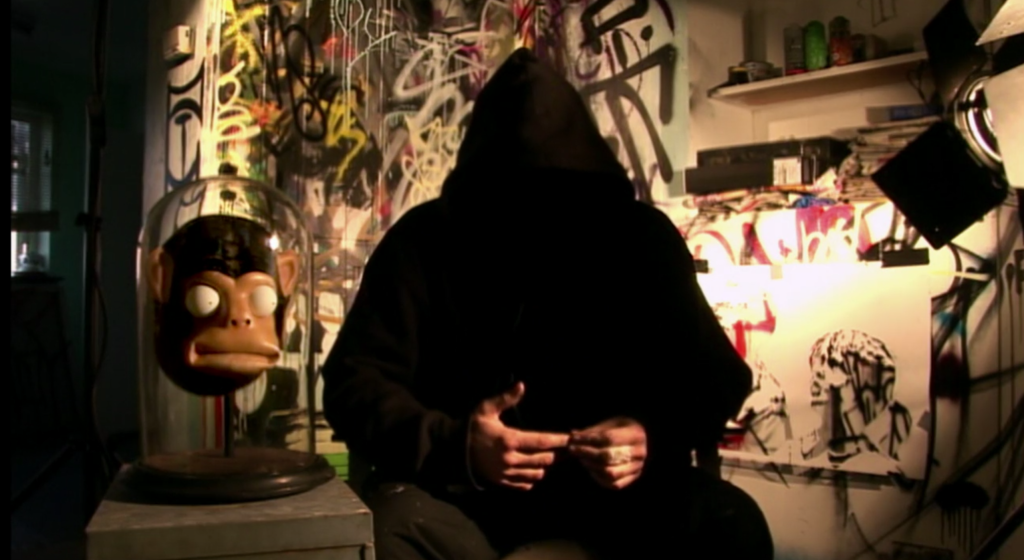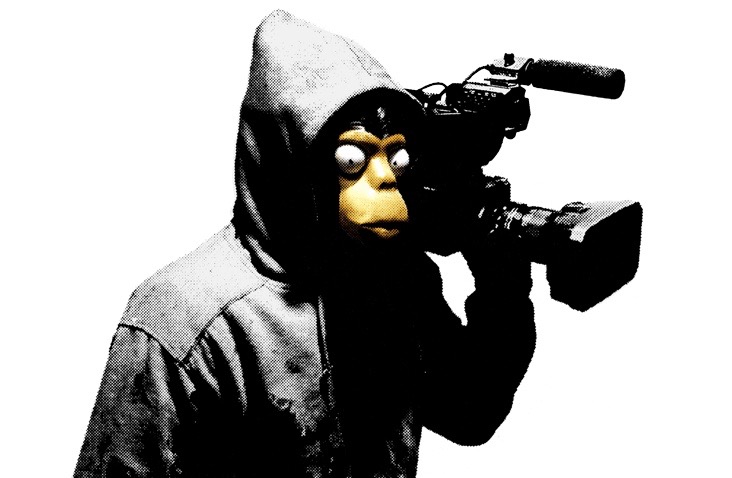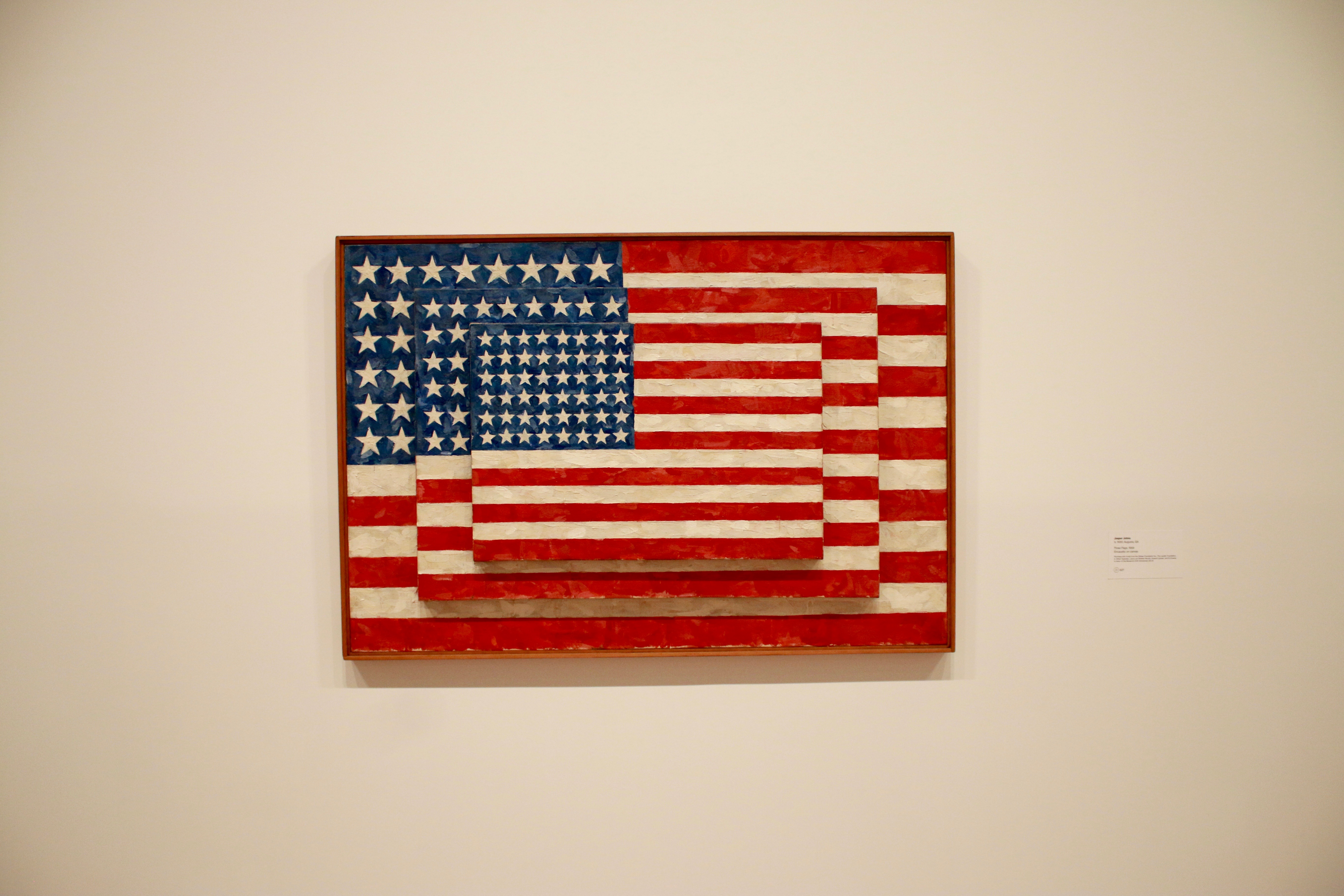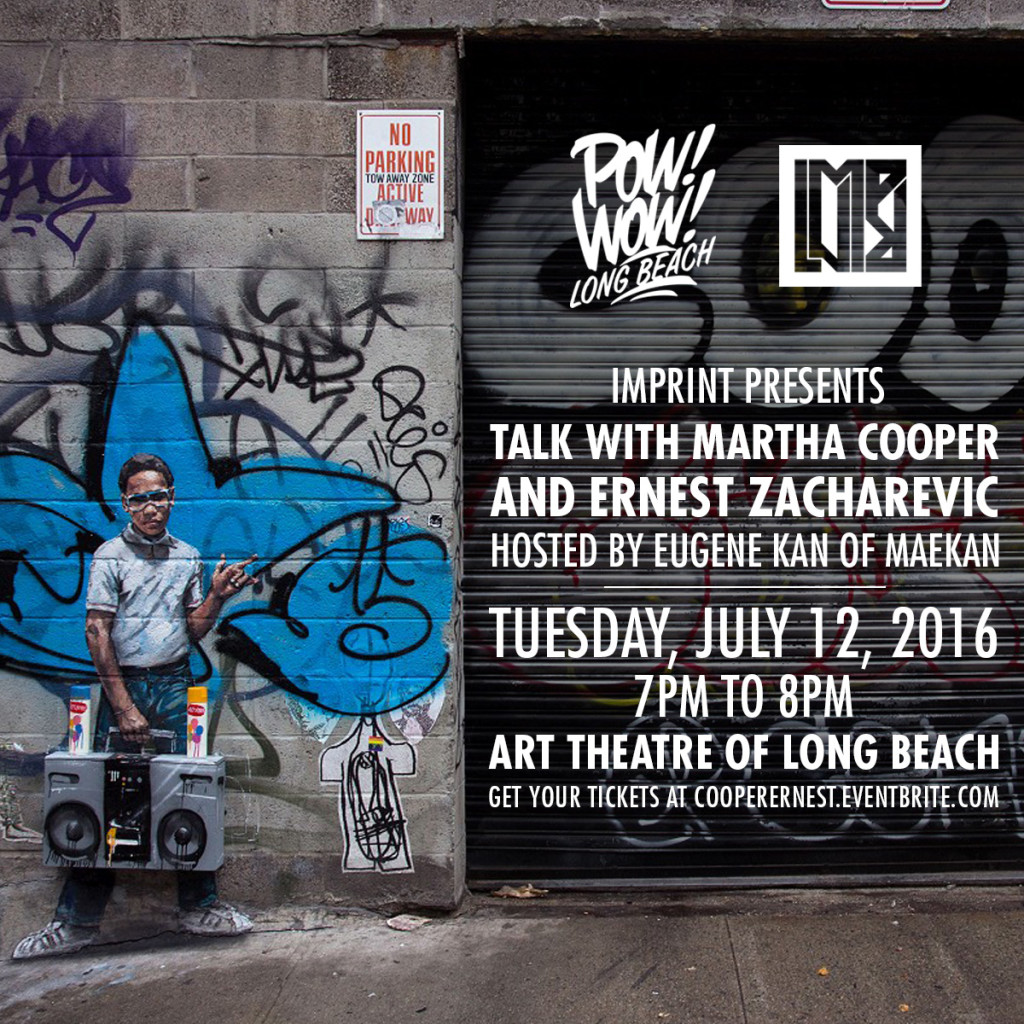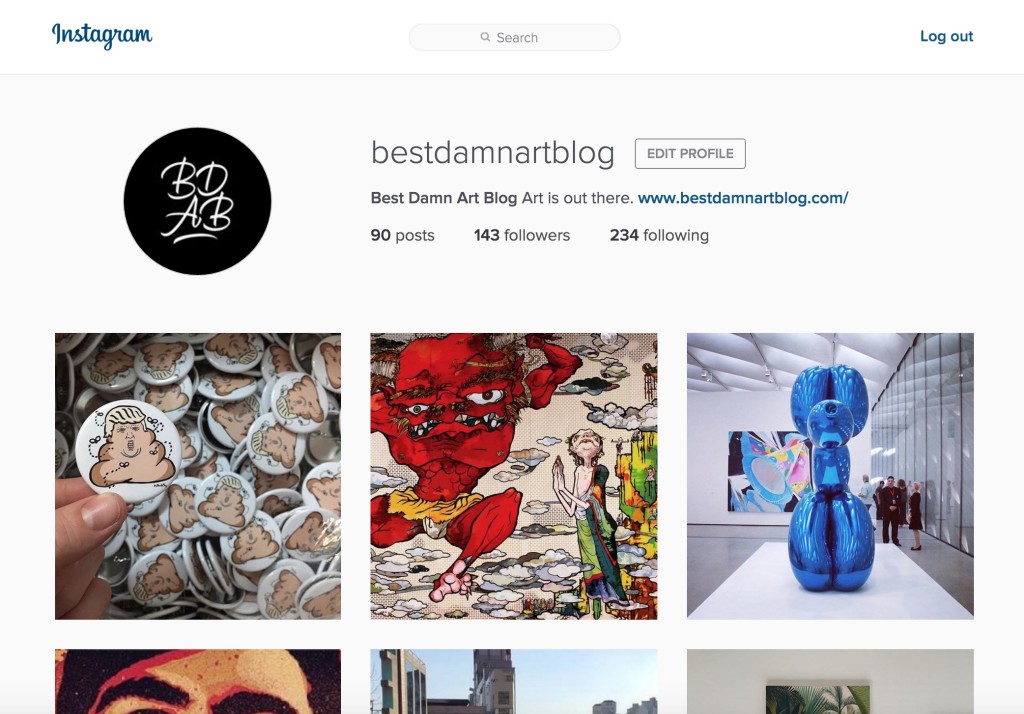
The Art Newspaper published an interesting article written by Marc Spiegler, the current director of Art Basel and, according to ArtReview, the 14th most powerful art figure in the world. Titled “Ten Questions All Gallerists Should Be Asking Themselves Now”, it sheds light into the operations of a gallery in today’s markets.
However, it raises a question that’s also been on my mind for the past few months: Are technologies like Instagram and Facebook replacing the traditional art market that was once dominated by galleries?
Here’s Marc Spiegler’s take on the matter:
Does Instagram replace Artforum ads? Art fair booths? My gallery? Me?
Obviously, Instagram can serve as a great form of visual promotion. I am willing to bet that a big-data analysis of the format of works being created by today’s young artists would reveal many more square works than before Instagram launched. Why? Because the artists are unconsciously responding to which works get more “likes”—or even sell best—in Instagram’s square world.
So does Instagram replace an Artforum ad? Maybe, although many artists demand full-page ads in Artforum when they move to a new gallery. Does Instagram replace art fair booths? People are selling works over Instagram to the same kind of global audience that you try to reach via a fair, and they are having virtual “conversations” with those people. But they’re not the same kind of dialogues that you have in person.
Instagram is fast becoming a tool for trading, not just marketing
Can you avoid having a gallery if you have a hyperactive Instagram account? Certainly, Stefan Simchowitz sells a lot of work without having a gallery. For a secondary-market dealer, I think it could certainly be the case; you broadcast on Instagram the work you’re trying to sell to anyone and use direct messaging for pieces you do not want to burn through over-exposure.
Does it replace the gallerist? There will surely be artists who will successfully sell their own work on Instagram. But I think most artists prefer to create art rather than spend all day direct-messaging random potential patrons. And I believe that the best way to sell art is to stand in front of the work with the collector. Fairs and galleries still work, because there is something simply primal about how you build the relationships that enable you to sell art in a market based entirely on perception.
This has a couple of important implications for gallerists and artists.
Let’s start with the gallerists.
Without a doubt, social media created new outlets for communication that did not exist before. Recently when I took a poll on a popular art forum regarding their preferred art news outlet, a majority preferred to receive their news directly from artists on Instagram. And why not? It’s convenient. Contrary to what Spiegler says above, I do not think any savvy artist is wasting her time direct messaging potential patrons. Instead she is curating a thoughtful stream of her works or inspirations that resonate with her audience. Key is fostering intimacy. That is where I think galleries struggle in this new age of media. Artists are beginning to realize that they do not need the backing of fancy galleries to sell works, because technologies like Instagram make connecting with new audiences as easy as taking a picture on their phone.
In the next five years, I can imagine artists empowered by modern technologies becoming independently successful without a gallery’s backing. Few examples already come to mind, like David Choe (@davidchoe), Banksy, and to a certain extent even Shepard Fairey (@obeygiant).
Now let’s discuss the implications of Instagram for artists. Like Jerry Saltz and Marc Spiegler mention, one of the ill effects of Instagram is homogenization. Artists are unconsciously reacting to the “Likes” that they receive and thus catering to the tastes of the masses, and in the process becoming similar in content, style, and/or format. The best artists will actively fight against this. We are already seeing a shift towards art that is experiential, participatory, and interactive.
Just last year Banksy’s Dismaland opened to critical acclaim because it was an exhibition of many experiences. It was performance art and its star was the thousands of attendees that flocked to a struggling resort town in Great Britain who otherwise would have never set foot in Weston-super-Mare. James Turrell’s light filled environments are another example of the public embracing art that transcends a square picture on your 6″ smartphone screen. That experience simply cannot be translated onto a phone screen. Although many The Broad attendees have uploaded selfies inside the Infinity Mirrored Room, it is also another work that simply refuses to be distilled into a flat image.
It will be experiential art like the above that survive past the short passes of an Instagram feed. I’m not saying that traditional square and rectangular paintings will be gone. No ordinary person will be able to host Dismaland, James Turrell’s rooms, or Kusama’s Infinity Mirrored Room in a home. Traditional paintings are just too convenient, so it will never die out. I’m willing to bet that the new art trend is going to be experiential and performance art.
